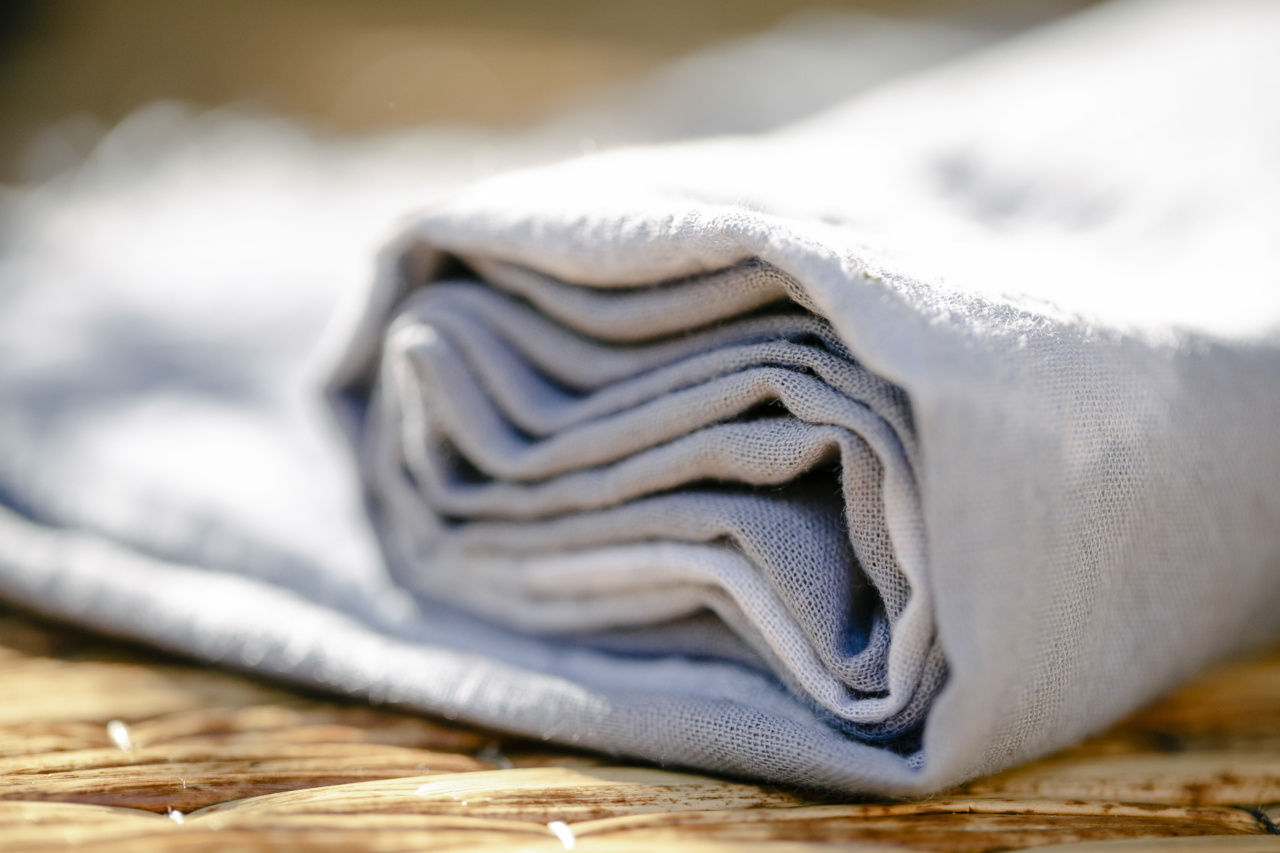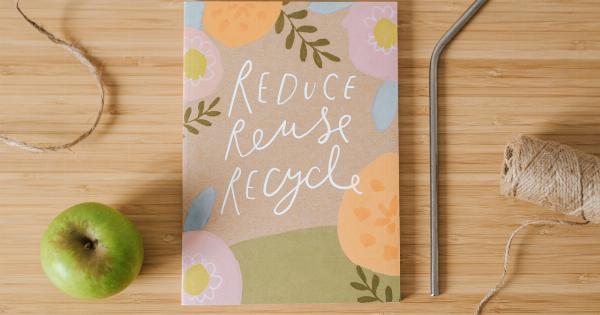Keeping your produce clean is essential for good health and safety. Whether you’re consuming fruits or vegetables, it’s important to remove any dirt, bacteria, or pesticides that may be present on the surface.
In this article, we will discuss the best practices for cleaning your produce to ensure that you and your family are consuming safe and healthy food.
1. Wash your hands
Before you start cleaning your produce, it’s crucial to wash your hands thoroughly with soap and warm water. This step helps prevent the transfer of any dirt or bacteria from your hands to the produce.
2. Rinse with cold water
Begin by rinsing your produce under cold running water. This step removes any loose dirt or debris present on the surface. By using water, you can flush away impurities that might be present on the produce.
3. Use a brush for firm produce
Certain fruits and vegetables, such as potatoes, melons, and carrots, have a firm outer skin that requires extra effort to clean. In such cases, gently scrub the produce using a clean brush.
This helps remove dirt and any pesticide residues that may have adhered to the skin.
4. Consider using a produce wash
In addition to water, you can use a produce wash to clean your fruits and vegetables. These washes are formulated to remove bacteria and pesticide residues effectively.
Follow the instructions on the produce wash to ensure you’re using it correctly.
5. Soak in water and vinegar solution
For more delicate produce, such as berries or leafy greens, a water and vinegar solution can be used. Prepare a mixture of one part vinegar and three parts water.
Allow the produce to soak in this solution for a few minutes, then rinse it thoroughly with water to remove any vinegar taste.
6. Pay attention to leafy greens
Leafy greens, like lettuce and spinach, can harbor dirt and bacteria in their crevices. Separate the leaves and rinse each leaf individually under cold running water. Be thorough, ensuring that all parts of the greens are cleaned.
7. Remove outer leaves
For produce with outer leaves, such as cabbage or lettuce heads, it’s good practice to remove and discard the outer leaves.
The outer leaves tend to accumulate more dirt and bacteria, so removing them ensures that you’re consuming cleaner produce.
8. Pat dry before storage
After washing your produce, make sure to pat it dry using a clean towel or paper towel. Moisture can promote the growth of bacteria or mold, so drying the produce before storage helps extend its shelf life and prevent spoilage.
9. Store appropriately
Proper storage is key to maintaining the cleanliness of your produce. Some fruits and vegetables are best stored in the refrigerator, while others can be kept in a cool, dry place.
Read up on the specific storage requirements for each type of produce to ensure you’re storing them correctly.
10. Stay informed about recalls
It’s important to stay informed about any recalls or outbreaks related to produce. Check for updates from reliable sources, such as the Food and Drug Administration (FDA) or your local health department.
Following their guidelines and recommendations will help you make informed decisions about the safety of your produce.




























